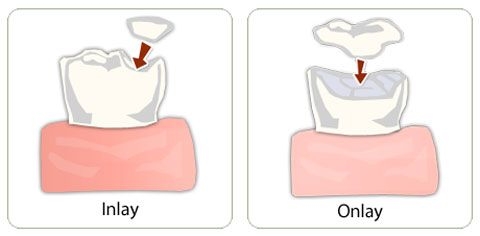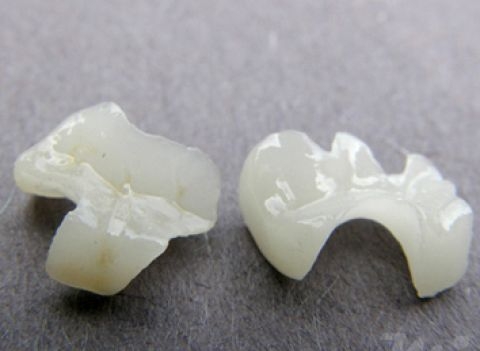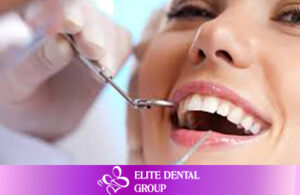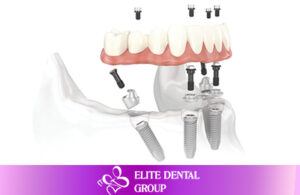Table of content
Inlay and onlay are used when a restoration is too big for a filling but not so seriously damaged that it requires a crown. In general, if the damage is minimal, inlay is appropriate, while when more than half of a tooth is damaged (especially if one or more sides of a molar are destroyed), onlay may be better.
- An inlay is similar to a filling, as it lies inside the tips (cusp) of the biting surface of the tooth.
- An onlay restores a larger portion of the tooth and it usually covers one or more cusps in order to protect them from fractures.
1. What are the benefits of Inlay/Onlay?
- Inlays/onlays have high durability and are adhesive.
- An alternative solution to crowns or fillings.
- Inlay/onlay with porcelain looks like natural teeth and keeps colour over time.
- No need to grind all cusps of the teeth. This is one of the biggest benefits inlays provide.
- Saving time and money with only two visits within 30–45 minutes/time
2. Material
There are many materials used for inlays and onlays such as porcelain, gold or composite resins that bond directly to the teeth. These materials are much stronger than traditional blended-metal fillings and can help prevent further decay or damage.
Related posts: > All-on-4 > All-on-4 teeth in a day in VIETNAM > Comparison between implant and other kind of prosthesis










